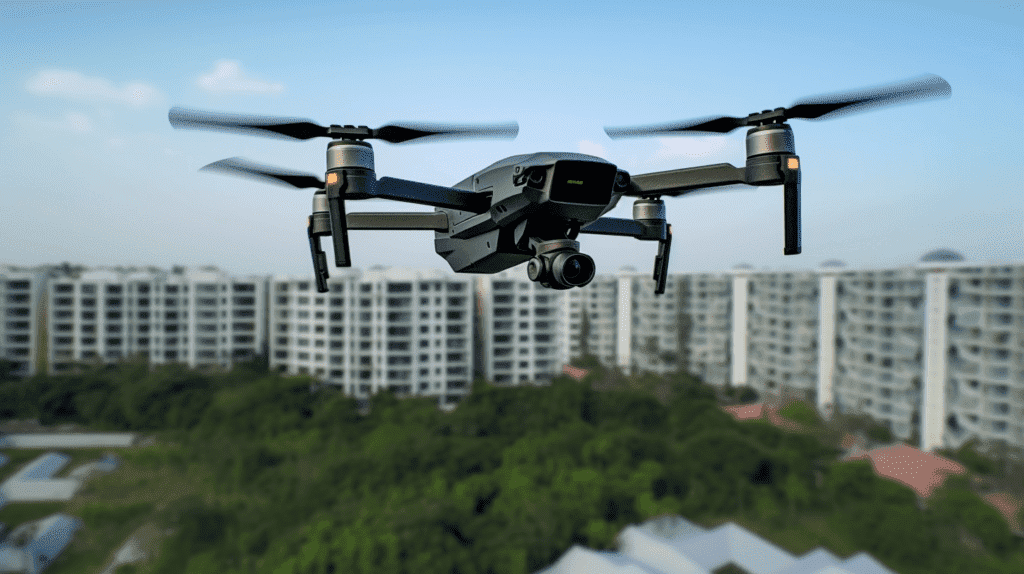In an era of rapid technological advancement, drones have emerged as a game-changer in various industries. From construction and agriculture to disaster response and environmental monitoring, the applications of aerial inspections using drones are reshaping the way businesses operate. In this comprehensive guide, we’ll delve into the world of aerial inspections, exploring their benefits, diverse applications, and the transformative impact they are having on industries worldwide.
Aerial inspections have taken traditional inspection methods to new heights, quite literally. The use of drones offers numerous advantages, benefits including:
- Cost Efficiency: Drones can cover large areas quickly, reducing the need for manual labor and saving time and costs associated with traditional inspections.
- Safety: By eliminating the need for workers to access hazardous or hard-to-reach areas, drones enhance worker safety.
- Precision: High-resolution imaging and data collection capabilities of drones enable accurate and detailed assessments.
- Time Savings: Rapid data collection and real-time analysis speed up decision-making processes.
Applications Across Industries: The impact of aerial inspections extends across a wide range of industries:
- Construction: Drones provide project managers with real-time updates on construction sites, helping monitor progress, detect defects, and ensure adherence to plans.
- Agriculture: From crop health assessment to irrigation management, drones offer farmers invaluable insights to enhance productivity.
- Energy: Drones are used for inspecting power lines, wind turbines, and solar panels, reducing downtime and maintenance costs.
- Environmental Conservation: Drones aid in monitoring wildlife, tracking deforestation, and assessing the health of ecosystems.
- Infrastructure and Utilities: Aerial inspections ensure the safety and functionality of bridges, roads, and utility systems.
Revolutionizing Disaster Response: In the face of natural disasters, drones have become essential tools for emergency responders. They assist in assessing damage, identifying survivors, and creating maps to coordinate relief efforts effectively.
Future Trends and Innovations: As technology evolves, so do the capabilities of aerial inspections. AI-powered image analysis, enhanced battery life, and improved obstacle avoidance systems are just a few of the advancements on the horizon.
Conclusion: The era of aerial inspections powered by drones has dawned, promising unparalleled efficiency, safety, and accuracy across various industries. From construction sites to disaster-stricken areas, the applications are wide-ranging and transformative. As industries continue to embrace this innovative technology, the sky is not the limit—it’s just the beginning.
